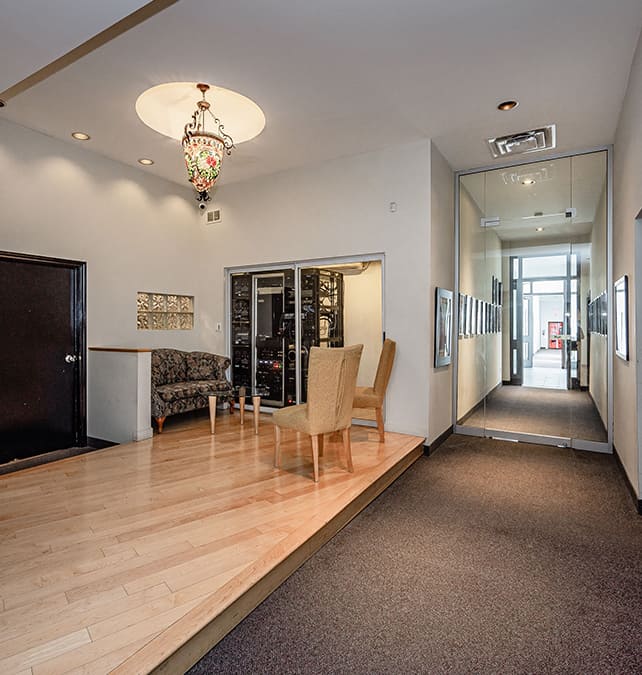ADR, which stands for Automated Dialogue Replacement or Additional Dialogue Recording, is a crucial process in filmmaking, television production, and voice-over work. It involves re-recording dialogue by actors in a studio to improve audio quality or to replace lines that were unintelligible during the original filming. Nailing your lines during ADR recording is essential to maintaining the authenticity and continuity of the project. Here are five essential tips to help you master ADR recording and deliver a flawless performance every time.

1. Prepare and Rehearse
Before stepping into the recording studio, it is crucial to prepare and rehearse your lines to ensure a smooth and efficient ADR session. Here are some tips to help you prepare:
- Review the script and familiarize yourself with the context of the scene.
- Practice delivering your lines with the appropriate emotion and tone.
- Identify any challenging words or phrases that may require extra attention.
- Work with a coach or director to fine-tune your performance before the recording session.
2. Use Proper Techniques
Proper recording techniques are essential for capturing high-quality dialogue during ADR sessions. Here are some techniques to help you deliver a professional performance:
- Use a high-quality microphone that is suited for voice recording.
- Position yourself at the correct distance from the microphone to ensure clear and consistent audio levels.
- Focus on your breathing and pacing to maintain a natural rhythm in your delivery.
- Avoid unnecessary movements or rustling noises that can interfere with the recording.
3. Maintain Consistency
Consistency is key when recording ADR to ensure that the new dialogue seamlessly integrates with the original audio. Here are some tips to help you maintain consistency in your performance:
- Match the timing and lip-sync of your lines with the original footage to create a seamless transition.
- Pay attention to the emotional context of the scene and adjust your performance accordingly.
- Consistently monitor your volume and tone to ensure a balanced and cohesive performance.
- Take note of any vocal nuances or character traits that need to be replicated in the ADR recording.
4. Communicate with the Sound Engineer
Effective communication with the sound engineer is crucial for a successful ADR recording session. Here are some tips to improve collaboration with the sound engineer:
- Discuss any specific technical requirements or preferences you have for the recording process.
- Seek feedback from the sound engineer on your performance and adjust accordingly.
- Ask for guidance on microphone placement and technical setup to optimize audio quality.
- Clarify any instructions or feedback from the director to ensure a smooth recording process.
5. Stay Focused and Patient
ADR recording can be a challenging and time-consuming process, but staying focused and patient is essential for delivering a successful performance. Here are some tips to help you stay focused and patient during ADR sessions:
- Take breaks as needed to rest and recharge between recording takes.
- Stay hydrated and avoid caffeine or dairy products that can affect your vocal performance.
- Stay positive and maintain a professional attitude, even if multiple takes are required.
- Trust the expertise of the production team and be open to feedback and direction.
By following these essential tips for ADR recording, you can improve the quality of your performance and ensure that your lines are delivered flawlessly every time. Remember, practice makes perfect, so continue to hone your skills and techniques to become a master of ADR recording.